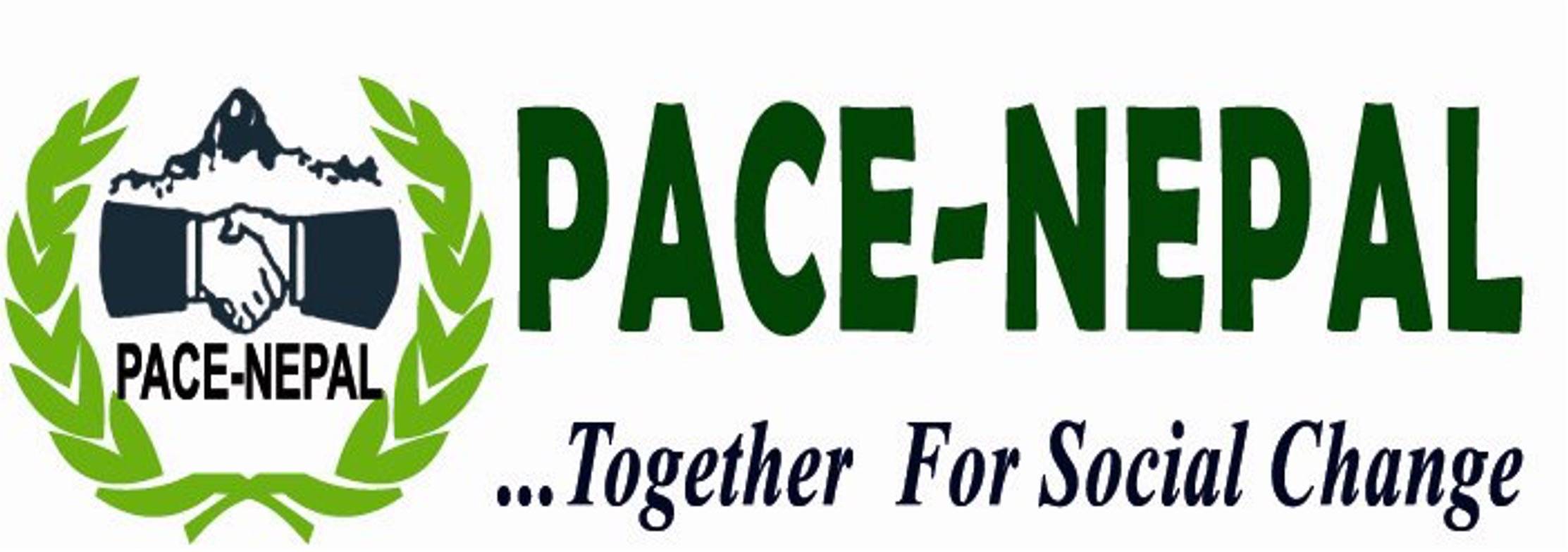Charap Village transforms from forest to thriving settlement, overcoming floods and landslides.
Charap village is located in VDC No. 10, Rarachayanath Municipality, Mugu district. Earlier, there was a dense forest on the outskirts of the village, with numerous water sources. Local residents recall abundant grass and wood during that time. However, the village has been grappling with issues like flooding, landslides, drought, fire, and excessive rainfall for the past eight years. The landslide led to the destruction of the forest trees and the subsequent drying up of the water sources.
 In the year 2069, Charap village had a total of 63 homes. During the same year, in Bhadra, a flood and landslide displaced 13 homes – 10 belonging to Dalits and 3 to Non-Dalits. Additionally, the floodwaters eroded 30 to 40 hectares of land, leading to a food crisis and causing housing and flooding problems within the community. In response, community leaders reached out to various government and non-governmental offices to prevent landslides and mitigate their impact. However, no one was interested in undertaking the risky task.
In the year 2069, Charap village had a total of 63 homes. During the same year, in Bhadra, a flood and landslide displaced 13 homes – 10 belonging to Dalits and 3 to Non-Dalits. Additionally, the floodwaters eroded 30 to 40 hectares of land, leading to a food crisis and causing housing and flooding problems within the community. In response, community leaders reached out to various government and non-governmental offices to prevent landslides and mitigate their impact. However, no one was interested in undertaking the risky task.
Subsequently, with Karitas Nepal’s financial assistance, Pace Nepal built 22 gabion walls to prevent landslides. Inspired by this effort, Lapa Mugu also contributed a few gabions. As a result, residents did not have to evacuate the area. In tandem with the construction of the gabion walls, community members planted trees to prevent landslides further. The area has now been transformed into a settlement known as “Naya Basti.”
Despite these improvements, the village continues to face challenges related to drinking water. The community’s unified voice now echoes, “You saved our homes, and if you assist us in obtaining drinking water, we will forever cherish your support.”


